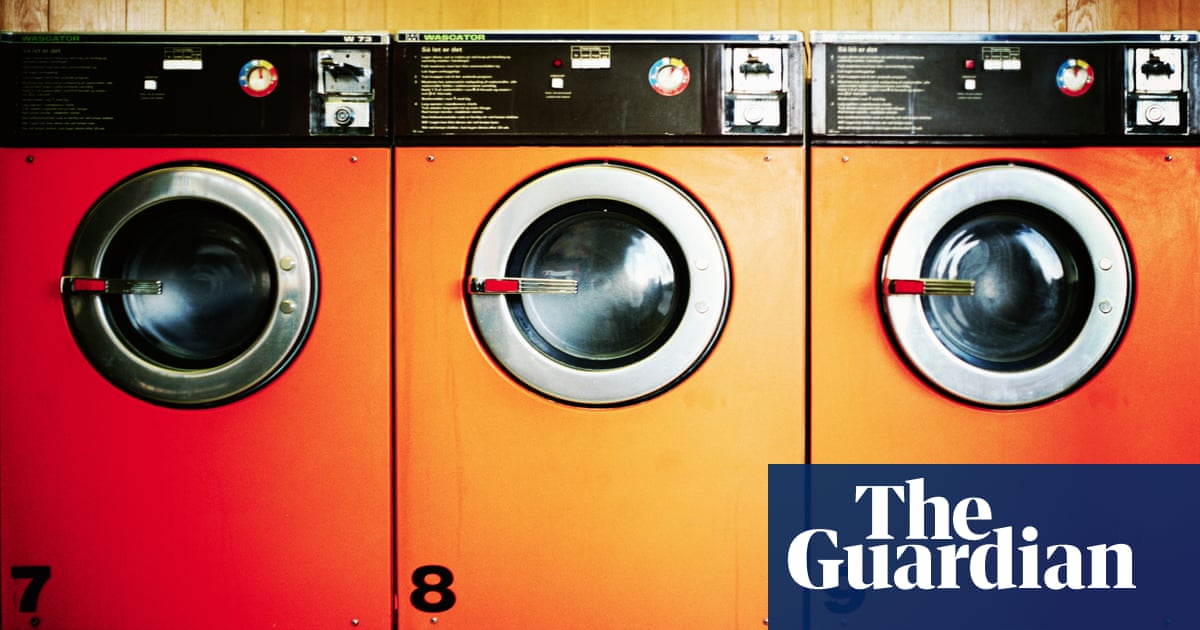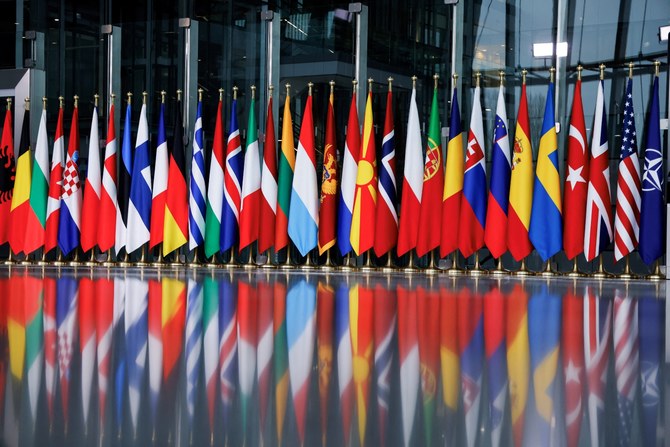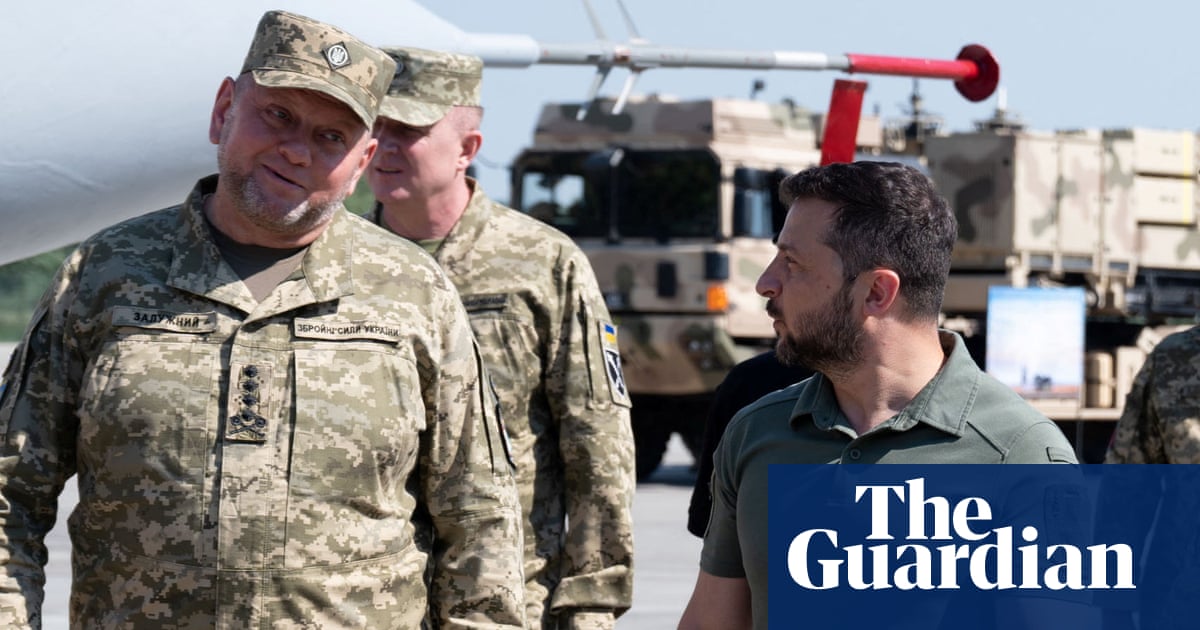
NATO Secretary-General Jens Stoltenberg will meet Donald Trump at the White House on Tuesday. After the US president’s remarkable threat last year to pull out of the military alliance, Stoltenberg’s main goal this week — during which the organization celebrates its 70th birthday — will be to strengthen support in Washington.
It is partly for this reason that NATO has moved its annual summit of foreign ministers, which will take place on April 3 and 4, from Brussels to Washington. Stoltenberg wants to consolidate ties not only with Trump but also on a bipartisan basis, and will therefore address a joint session of Congress on Wednesday.
While the president has been relatively quiet about NATO in recent months, few have forgotten the extraordinary scenes last year when he plunged the alliance’s annual summit into disarray by threatening to withdraw the US. His antics, so soon after the previous month’s G7 debacle in Canada, underlined the growing tensions within the West under his presidency.
Trump’s behavior proved that pre-summit anxiety was well founded and led to the cancelation of a series of press conferences and bilateral meetings. What in particular had been feared, and indeed happened, was that he would criticize NATO colleagues and then in the days that followed have a cordial meeting with Russian President Vladimir Putin in Helsinki, further undermining confidence in the transatlantic alliance.
This week’s charm offensive by Stoltenberg will seek to underline the continuing relevance to Washington of that alliance of countries, which has a collective population of about 1 billion. For all its weaknesses, NATO remains one of the world’s most successful military alliances and has underpinned the longest period of sustained peace in the modern history of the West.
Stoltenberg will stress to US decision makers how the alliance is reforming to meet new challenges and opportunities as it recalibrates its strategic direction in a rapidly changing security environment. At last year’s summit, for instance, modernization measures that were announced included the launch of a new training mission in Iraq, and extending funding for the Afghan military, underpinned by a new military command structure and increased force readiness.
This week’s NATO charm offensive is an attempt at an antidote to last year’s summit, during which Trump’s disruptive brand of diplomacy was in full force.
Andrew Hammond
Looking ahead to the 2020s and beyond, one of the key areas the Trump team is encouraging NATO to address is potential security threats from China. Beijing’s growing global assertiveness is an escalating concern in Washington, and Trump officials view China as a near-peer competitor.
As well as focusing on the new, the old — Russia — will also be a key topic, especially with respect to Ukraine. Following Moscow’s annexation of Crimea, and the wider destabilization of Ukraine, NATO’s relationship with Moscow is at one of its lowest points since the end of the Cold War. There remains alarm in certain quarters about the West’s capability to respond to a significantly enhanced Russian security threat. Whereas Russia is estimated to have increased its defense spending by about 80 percent between 2008 and 2014, the corresponding figure for NATO countries is a decrease of about 20 percent, although there have been some increases since then in a number of European states, and Canada, and a significant rise in the US.
This burden-sharing issue, which Trump has seized upon, has long been a sore spot for Washington, which funds about two thirds of NATO’s spending. Barack Obama urged allies during his presidency to make greater efforts to meet the target of spending 2 percent of GDP on defense.
At last year’s summit, the US president claimed a political victory over NATO allies on this issue. Yet while he claims that fellow alliance members agreed to reach the target faster than previously planned, the reality is that he received no significant concessions.
Since before last year’s summit, numerous NATO states were pushing ahead with increases in defense spending. This includes a cross section of the 28 members of the EU under a new European Defense Action Plan that was approved last year and advocates greater military cooperation. This is being driven not only by Trump’s apparently uncertain commitment to Europe’s security, but by a combination of Russian military assertiveness and instability in the Middle East and Africa.
One of the key areas of NATO activity of which Trump appears to wholeheartedly approve is the campaign against terrorism. While a presidential candidate in 2016, he asserted that the alliance “is going to have to be either readjusted to take care of terrorism or we’re going to have to set up a new coalition, a new group of countries to handle terrorism because it is out of control.”
Trump was therefore pleased with NATO announcements about Afghanistan and Iraq last year. These built on measures in 2017 that allow the alliance to assume a stronger stance in tacking terrorism in the Middle East.
So this week’s NATO charm offensive is an attempt at an antidote to last year’s summit, during which Trump’s disruptive brand of diplomacy was in full force. Stoltenberg is well aware that, generous though the president might be in his praise this week, he appears to continue to have significant concerns about whether the alliance is fit for purpose as it moves into its eighth decade.
Andrew Hammond is an Associate at LSE IDEAS at the London School of Economics.
Disclaimer: Views expressed by writers in this section are their own and do not necessarily reflect Arab News" point-of-view












